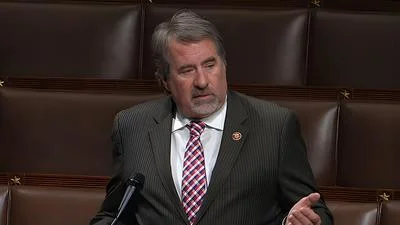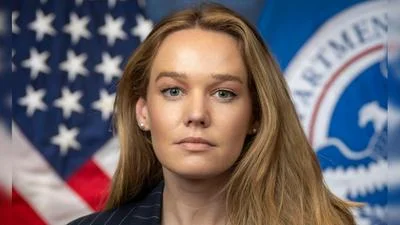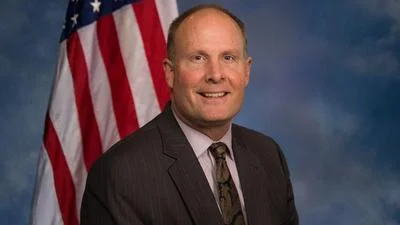The Biden administration has issued a request for information tied to the $500 million program funded by the White House’s Bipartisan Infrastructure Law that seeks to place clean energy demonstration projects on current or former mine lands across the country.
Operated through the Department of Energy's Office of Clean Energy Demonstrations, the Clean Energy Demonstrations on Current and Former Mine Land Program will fund clean energy projects on mine land to benefit communities and their economies, create good-paying jobs and reduce carbon pollution, according to a June 29 DOE news release.
"Input wanted: What do you think about turning mine lands into clean energy projects,” Department of Energy posted on Twitter announcing the request for information. “Tell us your thoughts about a new $500M program under @POTUS' Infrastructure Law that will help create jobs. boost communities' economies, expand clean energy.”
“Developing clean energy on mine lands is an opportunity for fossil fuel communities, which have powered our nation for a generation, to receive an economic boost and play a leadership role in our clean energy transition,” U.S. Secretary of Energy Jennifer M. Granholm said in the release. “The investments in the President’s Bipartisan Infrastructure Law will help America's mining workforce apply their skills to grow and deploy cheaper, cleaner energy across the country.”
The mine land revitalization plan is part of the White House’s sweeping plan to supply cheaper, cleaner power to more Americans, including its Justice40 Initiative that aims to deliver 40% of the benefits of clean energy and climate investments to disadvantaged communities, according to the release.
DOE officials are hoping for feedback from a range of stakeholders that include industry, community organizations, environmental justice organizations labor unions and state and local governments, the release reported. Chief among the areas where public input is most being sought is how to design the program so it will best encourage private-sector investment in similar projects, sparking economic development for underserved communities while also promoting environmental justice.









